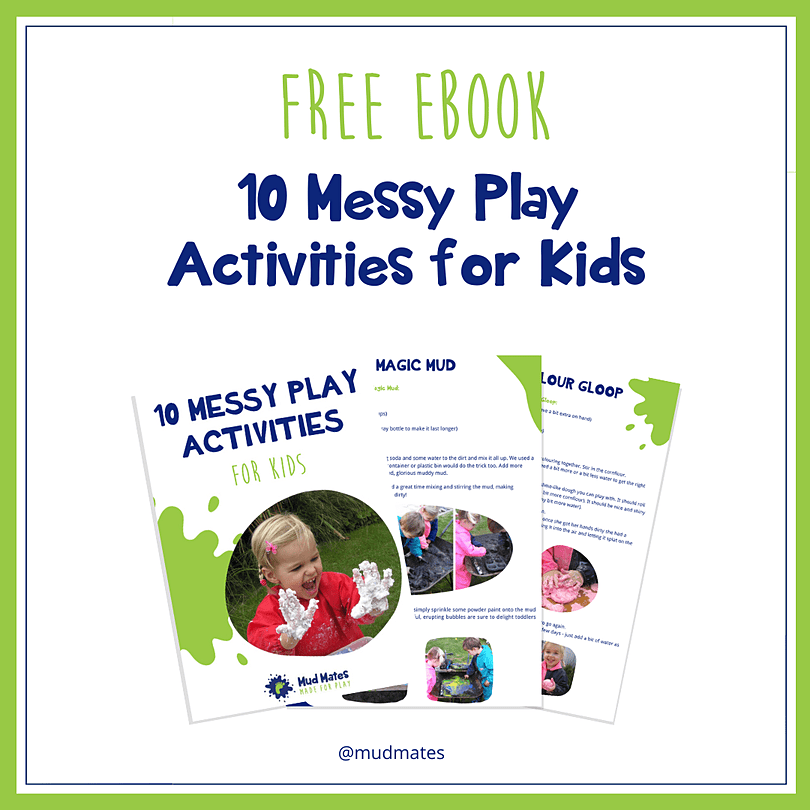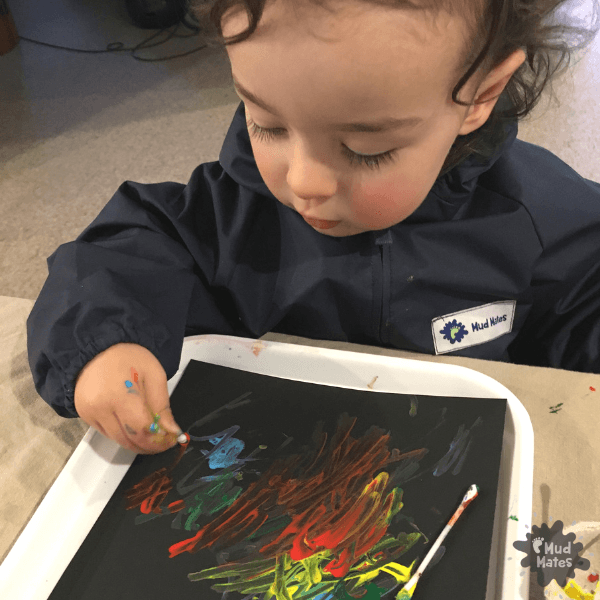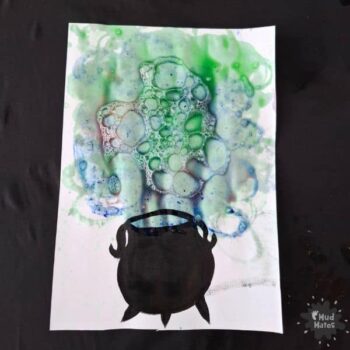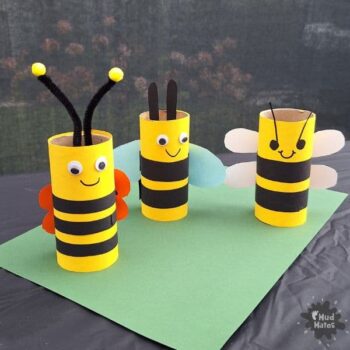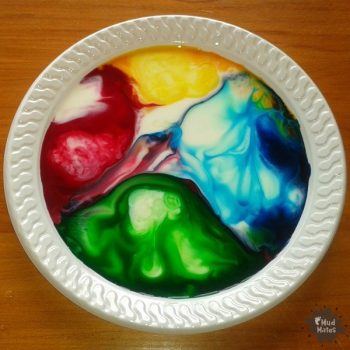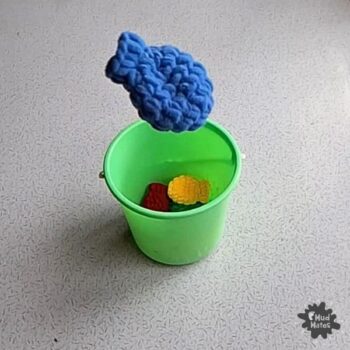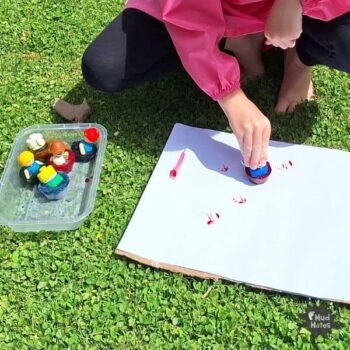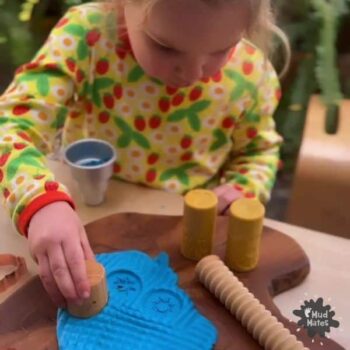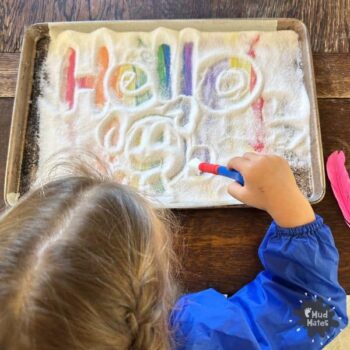Blog, Parenting Tips, Tablecloths
The Benefits of Process Art for Children
Does the thought of setting up an art activity for children leave you feeling overwhelmed? Well, keep reading because I’ve got some exciting news for you!
Imagine an art activity where the end product isn’t the most important outcome. In fact, there are no rules to follow and no right or wrong ways to go about it either!
Today I’m going to give you the low down on process art – a hugely beneficial way to foster children’s creativity through opportunities that allow them to be themselves, make their own decisions and have the freedom to be creative in a way that suits their learning.
What is Process Art?
Process Art is basically a series of movements, where the focus is placed on the ‘process’ of creating rather than the end product. This includes gathering the materials, organising or sorting them, preparing them and assembling them in a creative way.
Process art is seen as more open ended compared to traditional art types. It gives children the chance to explore the world around them, pose questions, and figure out how things work using a variety of materials in a creative way.
Above all else, process art is about individuality. Each child’s art is entirely their own and cannot be compared to others. There is no competition, no frustration about the end result looking a certain way.
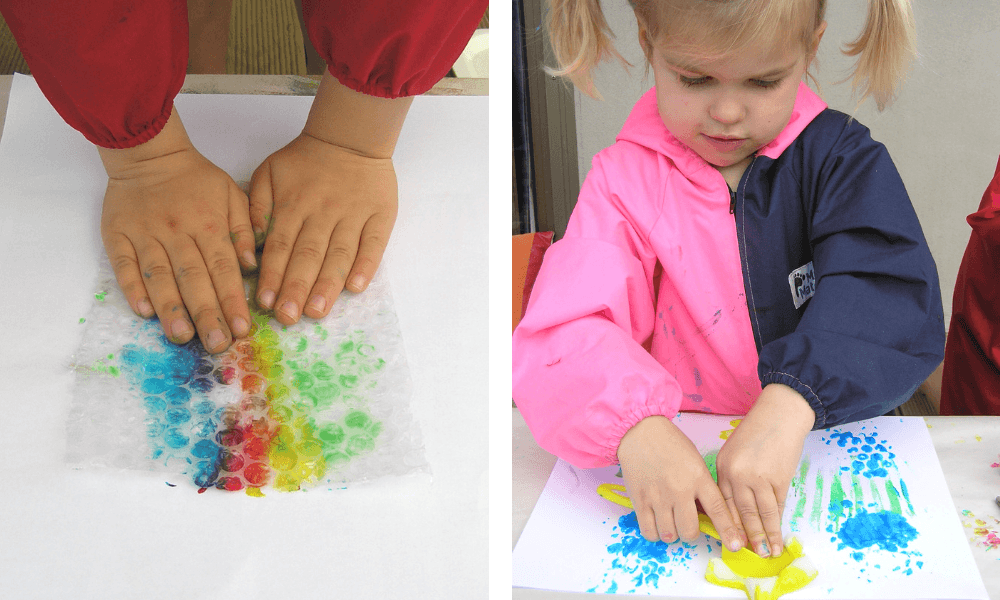
Why is Process Art Beneficial to Children?
- Specific training and instruction is not needed.
- Because the focus is placed on the ‘process’ itself, ideas of the end product looking a certain way are unnecessary.
- Risk taking is encouraged! Process art is a great way for children to explore materials they are not familiar with.
- Supports imaginative skills.
- Develops creativity by thinking of new ways to use basic items.
- No expectations for how the end product should look or if it should remain e.g. using a material like sand.
- Great for releasing challenging emotions.
- And so much more!
Process art also provides a great opportunity to explore the world around them by using natural materials as well.
Planning a Process Art Session
As you can imagine some of the process art activities that children will undertake will be MESSY! Having a plan to deal with it is important, so I encourage you to think about the following;
Where will your child be working?
Inside or outside?
What will they be working on and will it be covered?
The floor, a bench or table?
Check out our custom-made table covers that are perfect for process art activities. They are fitted, which means they stay on and they are easy to wipe clean after use.
What will your child be wearing?
Of course our NZ-made Coveralls are ideal for process art activities because they are easy to get on and off, keep the kids clothes protected and they are so easy to clean afterwards too.
What will happen to the materials once the activity is finished?
I like to use a tarpaulin where they are working so I can scoop up everything inside it, move it out of the way and sort the materials out later on.
Where will the process art be kept if there is a finished piece?
Somewhere it can dry, or be displayed.
Now, I bet you are feeling really excited to get stuck in and plan for a process art activity!
Process Art Activities to Try at Home
- Painting with different brush implements – make your own brushes using small branches or flowers, cotton buds, tooth brushes, combs, spoon etc.
- Make stamps out of vegetables, sponges, cardboard tubes or stones.
- Create different pictures using old buttons, pebbles or glass gems.
- Use different surfaces like canvas, paper, fabric and wood.
- Build sculptures with cardboard tubes, boxes, fabric scraps, plastic trays, wood pieces, jar lids, tins.
- Explore everyday objects such as spatulas with paint, or squirt coloured water onto paper towels.

Remember, for children to truly experience the magic of process art they need to be given the opportunity to approach it in their own way and at their own pace. This means allowing them as much time as they need to complete their work. There is also plenty of opportunity for discussion and new learning to be shared along the way, so talk with children about their work.
For messy play inspiration and fun crafts and activities for kids sign up to our newsletter.
You can also follow us on Facebook, Instagram and Pinterest for more inspiration.

